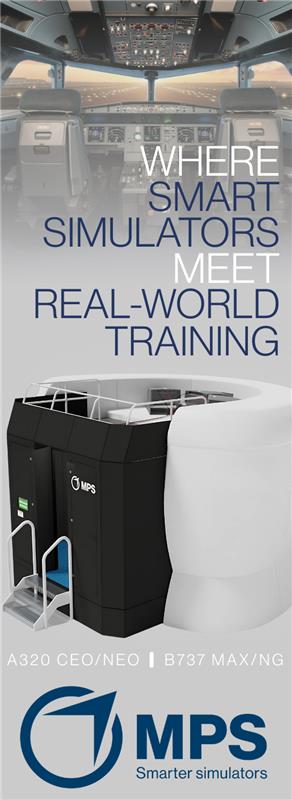Global Aviation Training Solution Provider CAE Shares Whitepaper on Technician Extended Reality Training
In a recent white paper publication, global pilot and aircraft maintenance training provider CAE has projected a significant demand for skilled aircraft maintenance, repair, and overhaul (MRO) technicians over the next decade. The company estimates a requirement for approximately 402,000 technicians, prompting a call for innovative training solutions to meet this demand.
Partnering with Xennial, CAE proposes a pioneering approach to training utilizing extended reality (XR) technology. This includes augmented reality (AR) and virtual reality (VR), offering a blend of physical and digital elements to enhance the learning experience.
CAE’s recent trial implementation of XR technology in technician training programs for Gulfstream G500/600 and G650 aircraft has shown promising results. Douglas Fajardo, CEO of Xennial, highlights the capability to create a full digital twin of an aircraft, revolutionizing training methodologies saying, “Virtual Reality has transformed the landscape of aircraft technician training by offering a realistic and hands-on learning experience. For example, we have the ability to build a full digital twin of a Gulfstream aircraft at this point, with all of the features of its physical twin. VR can now empower technicians to familiarize themselves with aircraft systems, components, and procedures in a simulated immersive environment, fostering a new era of competency, adaptability, and safety in the aviation maintenance industry.”
The deployment of VR hardware, such as headsets and hand-tracking technology, is set to transform technician training, with AI integration further expanding its potential. Alexandre Prevost, CAE’s division president for business aviation and helicopter training, emphasizes the value of VR in mitigating risks associated with traditional training methods, “Aviation is one of the industries where the adoption of emerging technologies is accelerating. Virtual Reality, especially when it comes to aircraft technician training, is proving to be a high value solution. One of the main reasons VR is used in maintenance training is to lower the risks associated with traditional training methods.”
VR training offers several advantages over conventional approaches, including reduced dependency on physical equipment, shorter aircraft downtime, adaptability to new aircraft models, and cost-effectiveness for repetitive practice.
Citing a 2020 PricewaterhouseCoopers study, CAE asserts that VR training can be completed four times faster than classroom training and one-third quicker than e-learning, while also enhancing trainees’ confidence and emotional connection to the content.
In a move to enhance pilot training realism, CAE has integrated Epic Games’ Unreal Engine 3D visuals into its full flight simulators. The Prodigy image generator with Unreal Engine is set to become standard on new and existing CAE level-D simulators, starting with the Airbus A320 simulator.
The whitepaper can be found here.
Source: CAE
Photo Credit: CAE

You may also check our Terms and Conditions for our Content Policy.
Searching for specific information – kindly contact us to see if we can assist you.
Check out the more than 18054 relevant pilot training industry updates here.




